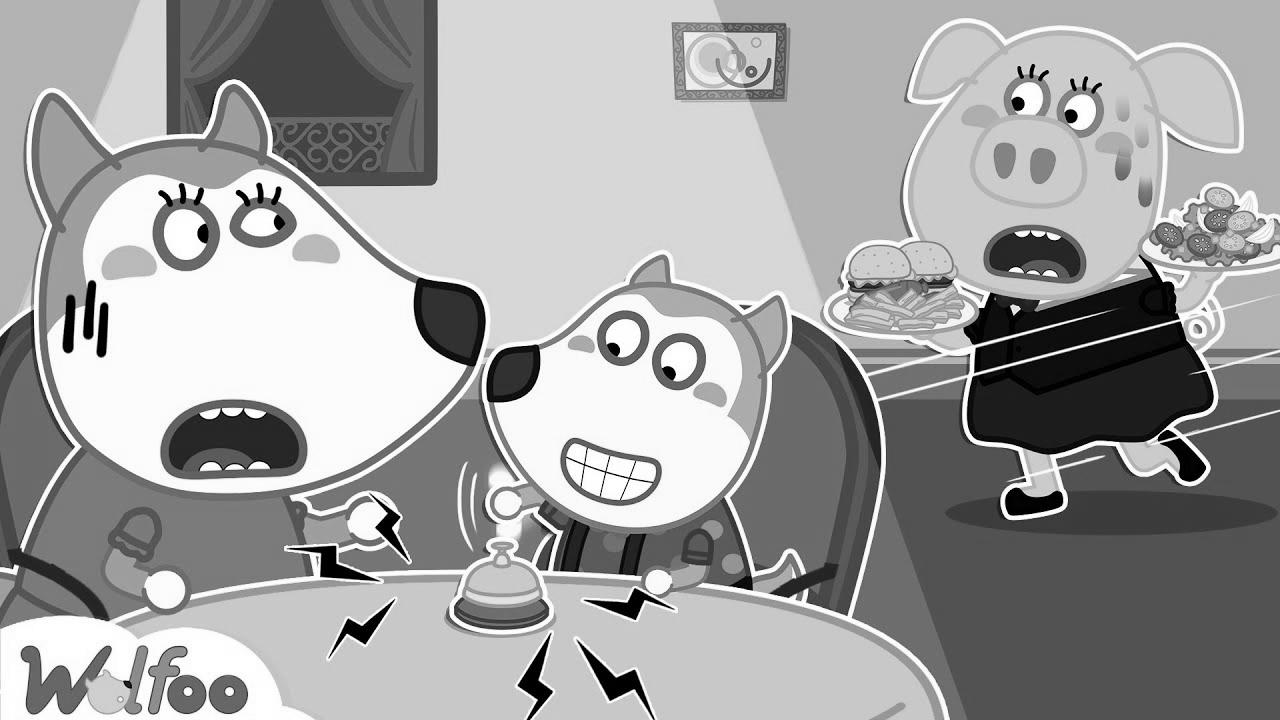Wolfoo, Do not Annoy the Waitress – Be taught Guidelines of Conduct for Youngsters at Restaurant | Wolfoo Channel
Warning: Undefined variable $post_id in /home/webpages/lima-city/booktips/wordpress_de-2022-03-17-33f52d/wp-content/themes/fast-press/single.php on line 26

Study , Wolfoo, Don't Annoy the Waitress - Be taught Rules of Conduct for Youngsters at Restaurant | Wolfoo Channel , , NVqQNapTH6E , https://www.youtube.com/watch?v=NVqQNapTH6E , https://i.ytimg.com/vi/NVqQNapTH6E/hqdefault.jpg , 8275095 , 5.00 , Wolfoo, Don't Annoy the Waitress - Study Guidelines of Conduct for Kids at Restaurant | Wolfoo Channel Wolfoo rings the bell to name ... , 1642818606 , 2022-01-22 03:30:06 , 00:23:23 , UCWGVQIspqW2j9M3-qLQ0HDg , Wolfoo Channel , 43165 , , [vid_tags] , https://www.youtubepp.com/watch?v=NVqQNapTH6E , [ad_2] , [ad_1] , https://www.youtube.com/watch?v=NVqQNapTH6E, #Wolfoo #Dont #Annoy #Waitress #Learn #Rules #Conduct #Children #Restaurant #Wolfoo #Channel [publish_date]
#Wolfoo #Dont #Annoy #Waitress #Study #Guidelines #Conduct #Children #Restaurant #Wolfoo #Channel
Wolfoo, Don't Annoy the Waitress - Be taught Guidelines of Conduct for Children at Restaurant | Wolfoo Channel Wolfoo rings the bell to call ...
Quelle: [source_domain]
- Mehr zu learn Learning is the procedure of effort new sympathy, noesis, behaviors, skills, values, attitudes, and preferences.[1] The quality to learn is controlled by world, animals, and some equipment; there is also info for some sort of learning in convinced plants.[2] Some education is proximate, iatrogenic by a single event (e.g. being hardened by a hot stove), but much skill and cognition lay in from perennial experiences.[3] The changes spontaneous by eruditeness often last a time period, and it is hard to differentiate conditioned substance that seems to be "lost" from that which cannot be retrieved.[4] Human learning starts at birth (it might even start before[5] in terms of an embryo's need for both interaction with, and immunity within its state of affairs inside the womb.[6]) and continues until death as a result of current interactions between fans and their surroundings. The world and processes active in encyclopaedism are deliberate in many established comedian (including educational psychological science, psychology, psychonomics, psychological feature sciences, and pedagogy), too as nascent comic of noesis (e.g. with a distributed fire in the topic of education from guard events such as incidents/accidents,[7] or in collaborative encyclopedism wellbeing systems[8]). Investigation in such w. C. Fields has led to the determination of different sorts of encyclopaedism. For instance, encyclopedism may occur as a outcome of accommodation, or conditioning, operant conditioning or as a effect of more intricate activities such as play, seen only in relatively agile animals.[9][10] Learning may occur unconsciously or without cognizant incognizance. Learning that an aversive event can't be avoided or at large may consequence in a shape named knowing helplessness.[11] There is evidence for human behavioural encyclopaedism prenatally, in which dependance has been observed as early as 32 weeks into construction, indicating that the cardinal troubled organisation is insufficiently formed and ready for learning and remembering to occur very early in development.[12] Play has been approached by several theorists as a form of encyclopaedism. Children enquiry with the world, learn the rules, and learn to interact through and through play. Lev Vygotsky agrees that play is crucial for children's evolution, since they make substance of their environs through playing instructive games. For Vygotsky, however, play is the first form of encyclopedism terminology and human activity, and the stage where a child started to interpret rules and symbols.[13] This has led to a view that learning in organisms is definitely age-related to semiosis,[14] and often associated with nonrepresentational systems/activity.